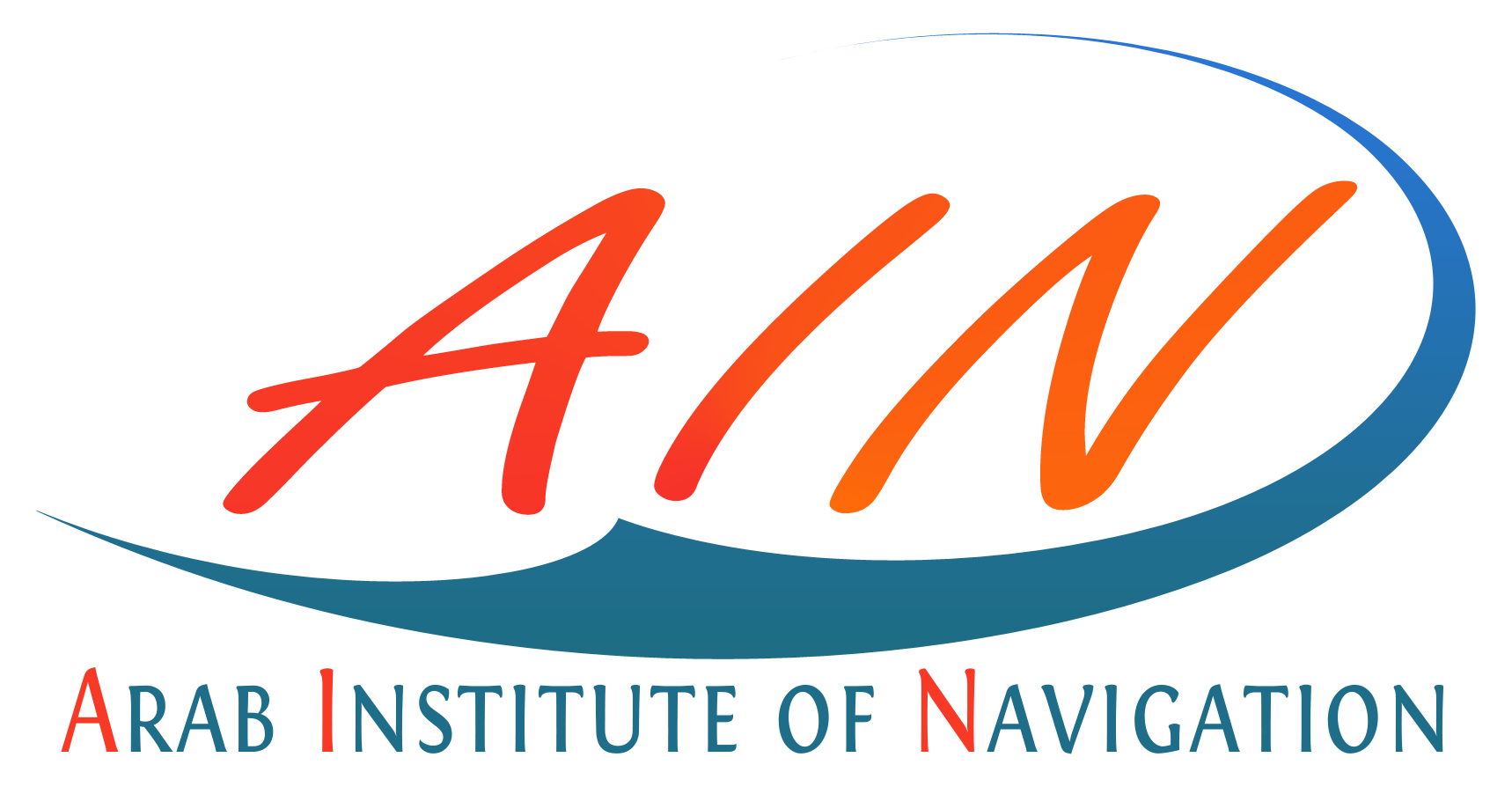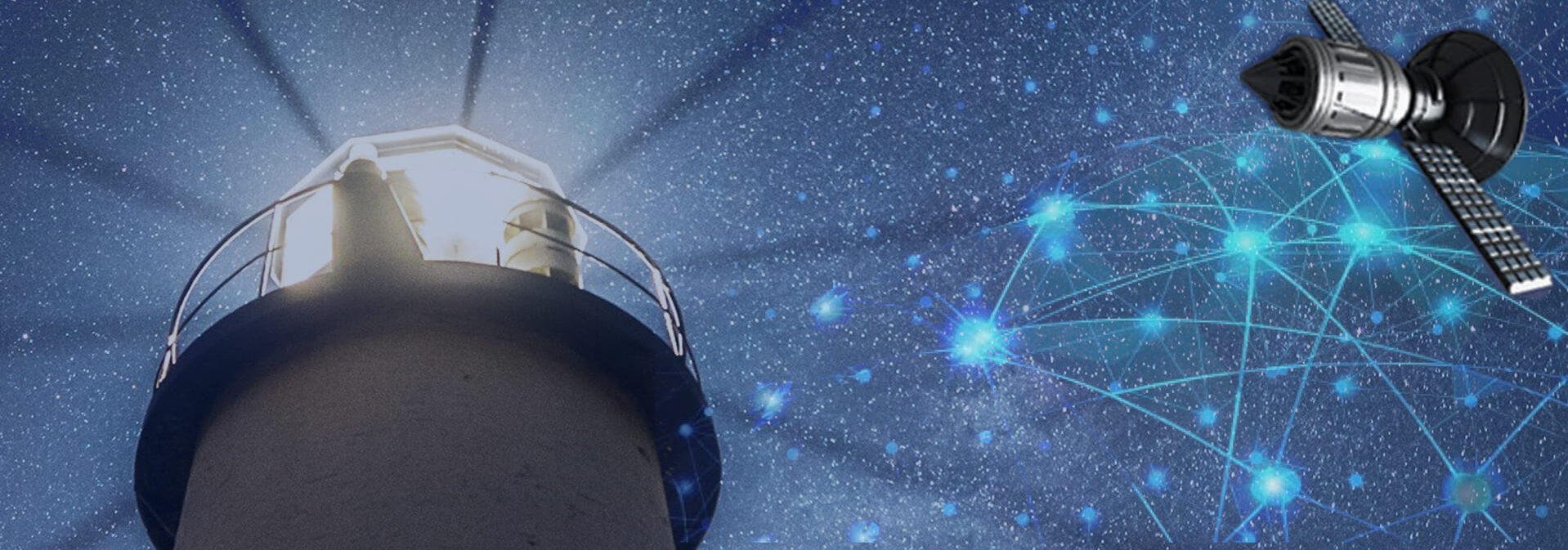| A Decade of ECDIS: Analytical Review of the ECDIS Effect Towards the Safetyof Maritime Shipping |
| Mahmoud Shawky Shehata, Sherif Aly, Amr Moneer Ibrahim |
| DOI NO. https://doi.org/10.59660/46731 Received 26/10/2022, Revised 2/12/2022, Acceptance 5/01/2023, Available online and Published 01/07/2023 |
Abstract
The Electronic Charts Display Information System (ECDIS) on board ships is one of the latest amendments that have been stipulated by the International Maritime Organization (IMO) since 2008 and had been widely spread in 2012, and the main purpose of implementing the use of ECDIS was to use modern technology to help in operating ships to obtain a safe navigational watch and a safe approach and mooring in ports. Additionally, it facilitates voyage planning as an easy-to-use tool.
Hence, ten years passed (2012-2022). The question arose, was the use of ECDIS considered an improvement to the safe operation of ships, or, on the contrary, it led to an increase in marine accidents?
The authors initiated the study after the hypothesis that the ECDIS could be a major cause of marine accidents, and the authors found that the statistics in the hands of the researchers were not indicative of a conclusive opinion. Therefore, the researcher used the criterion of questionnaire as a means of quantitative statistics as a research tool to identify the opinion and vision of bridge seafarers for the use of ECDIS in a decade and to identify if any development is needed either in operational or educational sight.
The methodology used in this research was the qualitative analysis data method through a questionnaire for different ECDIS users and indicated that the equipment carried an unprecedented positive effect on the safety of navigation. The questionnaire was based on 10 different questions. Yet, a great fraction agreed that there is a massive room for improvement in the areas of software, hardware, and external sensors to effectively contribute to an efficient Integrated Bridge System.

